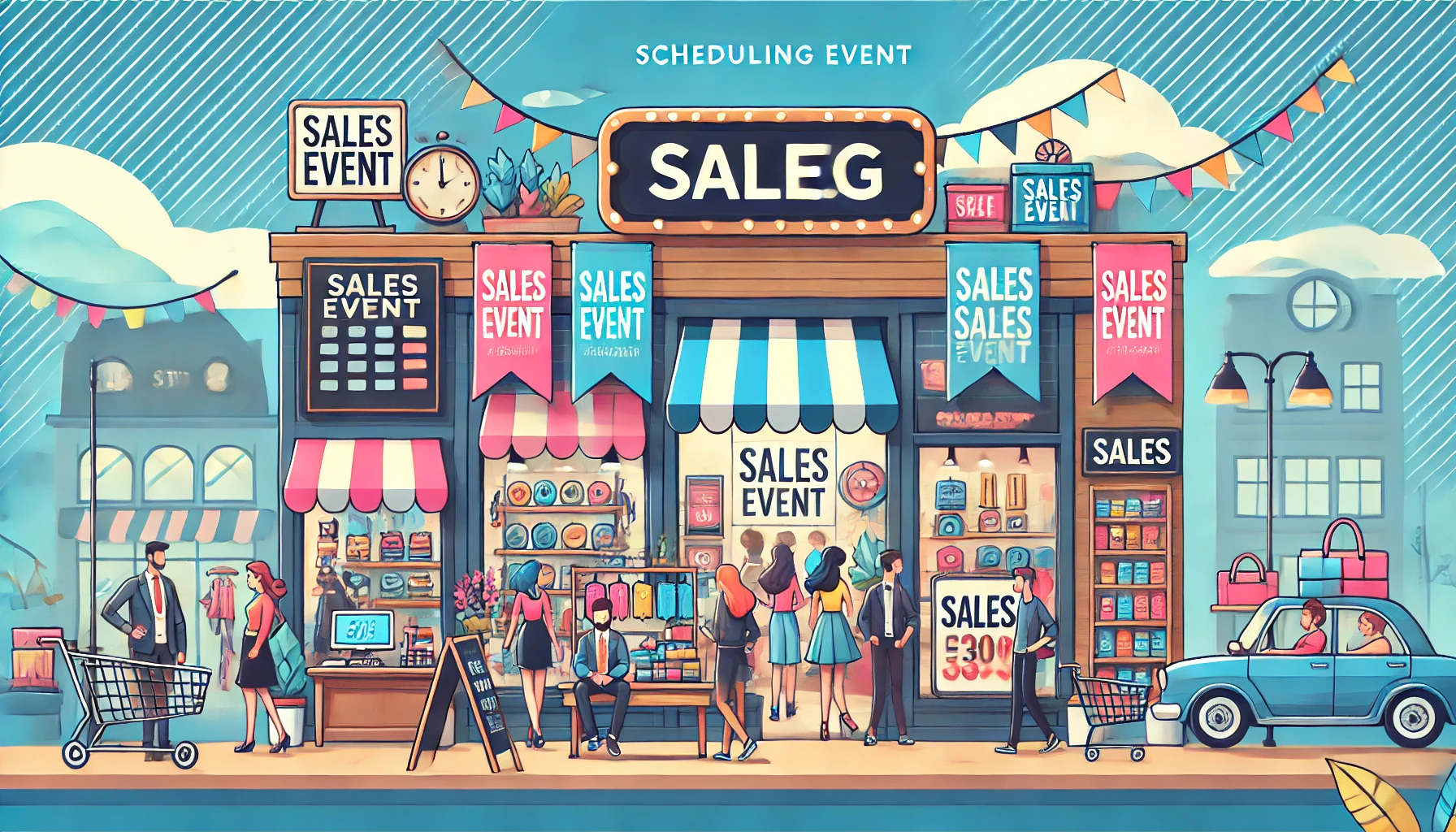In the highly competitive world of retail, effective promotions can make the difference between a thriving business and one that struggles to stay afloat. Implementing the right promotional strategies can attract new customers, boost sales, and enhance customer loyalty. Here are some key strategies to consider:
1. Understand Your Customer Base
Before launching any promotion, it’s crucial to understand who your customers are and what they value. Use data analytics to segment your audience based on demographics, purchase history, and shopping behavior. Tailor your promotions to meet the specific needs and preferences of each segment. For example, younger customers might respond well to social media campaigns and influencer partnerships, while older customers might prefer email newsletters and in-store promotions.
Understanding your customer base involves more than just demographics. Analyze psychographics as well—this includes understanding their interests, lifestyles, and values. This deeper insight can help you create promotions that resonate more deeply with different segments of your audience. For instance, eco-conscious consumers might appreciate promotions highlighting sustainable products.
2. Offer Exclusive Deals
Exclusive deals create a sense of urgency and exclusivity, encouraging customers to act quickly. Limited-time offers, flash sales, and member-only discounts can drive immediate sales and enhance customer engagement. Consider using countdown timers on your website and promotional emails to emphasize the limited availability of these deals.
Exclusive deals can also be part of a larger loyalty program where members receive first access to new products or special discounts. This not only boosts sales but also fosters a sense of community and belonging among your customers. Implementing tiered loyalty programs can further incentivize higher spending and repeat purchases.
3. Leverage Seasonal Trends
Align your promotions with seasonal trends and holidays. Whether it’s back-to-school season, Black Friday, or Christmas, seasonal promotions can capitalize on the natural increase in consumer spending during these periods. Create themed marketing campaigns and special product bundles that cater to the specific needs and desires of your customers during these times.
Beyond major holidays, consider micro-seasons or events relevant to your niche. For example, a fitness retailer could create promotions around New Year’s resolutions or the start of summer. These timely promotions can capture customers’ attention when they are most likely to be interested in specific products.

4. Use Multi-Channel Marketing
Promote your offers across multiple channels, including social media, email, and in-store displays. Consistent messaging across all platforms ensures maximum reach and effectiveness. Consider using social media ads and influencer partnerships to amplify your reach. Additionally, utilize email marketing to send personalized offers and reminders to your customer base.
Multi-channel marketing should also involve leveraging emerging platforms where your audience spends time. For instance, engaging with customers on platforms like TikTok or creating shoppable posts on Instagram can drive significant traffic and sales. Ensure your messaging is adapted to fit the tone and style of each platform.
5. Personalize Your Promotions
Personalized promotions can significantly enhance customer engagement and conversion rates. Use customer data to tailor your offers to individual preferences and shopping habits. For instance, send personalized product recommendations and discounts based on previous purchases. Personalized emails and direct messages can make customers feel valued and more likely to take advantage of the promotions.
Investing in customer relationship management (CRM) tools can help manage and analyze customer interactions and data throughout the customer lifecycle. This data can be used to personalize not only promotions but also the entire customer experience, from product recommendations to customer service interactions.
6. Implement Loyalty Programs
Loyalty programs are a powerful tool for encouraging repeat purchases and building long-term customer relationships. Offer rewards such as points, discounts, or exclusive access to new products for loyal customers. Make sure your loyalty program is easy to understand and use, and promote it through various channels to ensure maximum participation.
Loyalty programs should also provide valuable rewards that genuinely appeal to your customers. Regularly review and update your program based on customer feedback to keep it engaging. Gamifying the experience with levels or challenges can also increase participation and excitement around the program.
7. Track and Analyze Promotion Performance
It’s essential to track the performance of your promotions to understand what works and what doesn’t. Use analytics tools to measure key metrics such as sales, customer engagement, and return on investment (ROI). Analyze the data to identify trends and insights that can inform future promotional strategies. Continuous improvement based on data-driven insights will help you refine your approach and achieve better results over time.
Regularly conducting A/B tests can help determine the most effective promotional strategies. Test different aspects such as discount amounts, messaging, and timing to see what resonates most with your audience. This iterative approach allows you to continually optimize your promotions for better results.

Conclusion
Effective promotions are a vital component of a successful retail strategy. By understanding your customers, offering exclusive deals, leveraging seasonal trends, using multi-channel marketing, personalizing promotions, implementing loyalty programs, and tracking performance, you can create impactful promotions that drive sales and enhance customer loyalty. Start planning your next promotional campaign today and see the positive impact it can have on your business.



